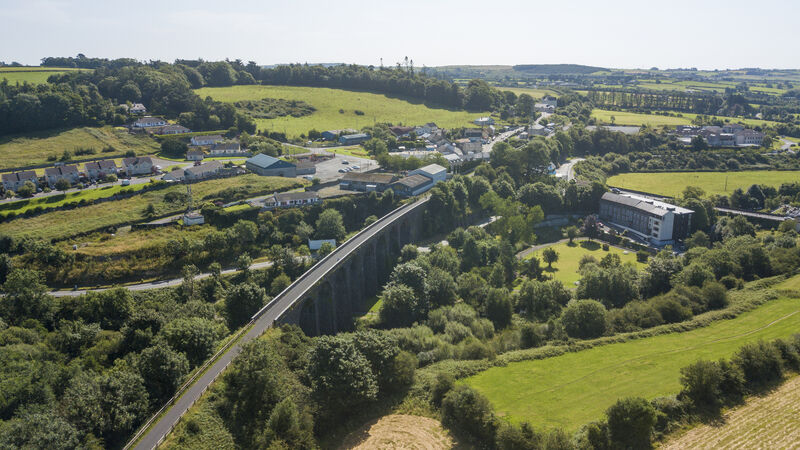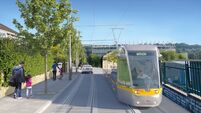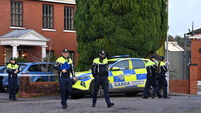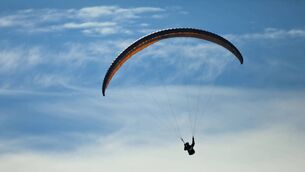When talking about successful local authority initiatives, one example surfaces again and again in the conversation.
The Waterford Greenway, running along the old rail line from the main city to Dungarvan in the east of the county, has been hugely successful — drawing tourists and locals alike along its picturesque route, boosting the local economies it flows past, and attracting envious glances from other areas of the country.
It’s the jewel in the crown for Waterford for various reasons, says Michael Walsh, chief executive of Waterford City and County Council.
“For one thing, it shifted our tourism market. Waterford city never did tourism except when Waterford Crystal was open. Kilbarry [the factory] did 200,000 or 300,000 visitors a year, but they came in on a bus and then they went away on the bus.
“We deliberately brought the Waterford Crystal Visitor’s Centre in here to the city centre, to align us with the heritage proposition in general.
“That, along with the greenway, has probably given us a destination status that we never had. They’re both of a quality and we worked to reach that quality because we hoped that doing so would sustain them — and they also aligned with our overall positioning because the two things we have are the heritage space and the great outdoors.”
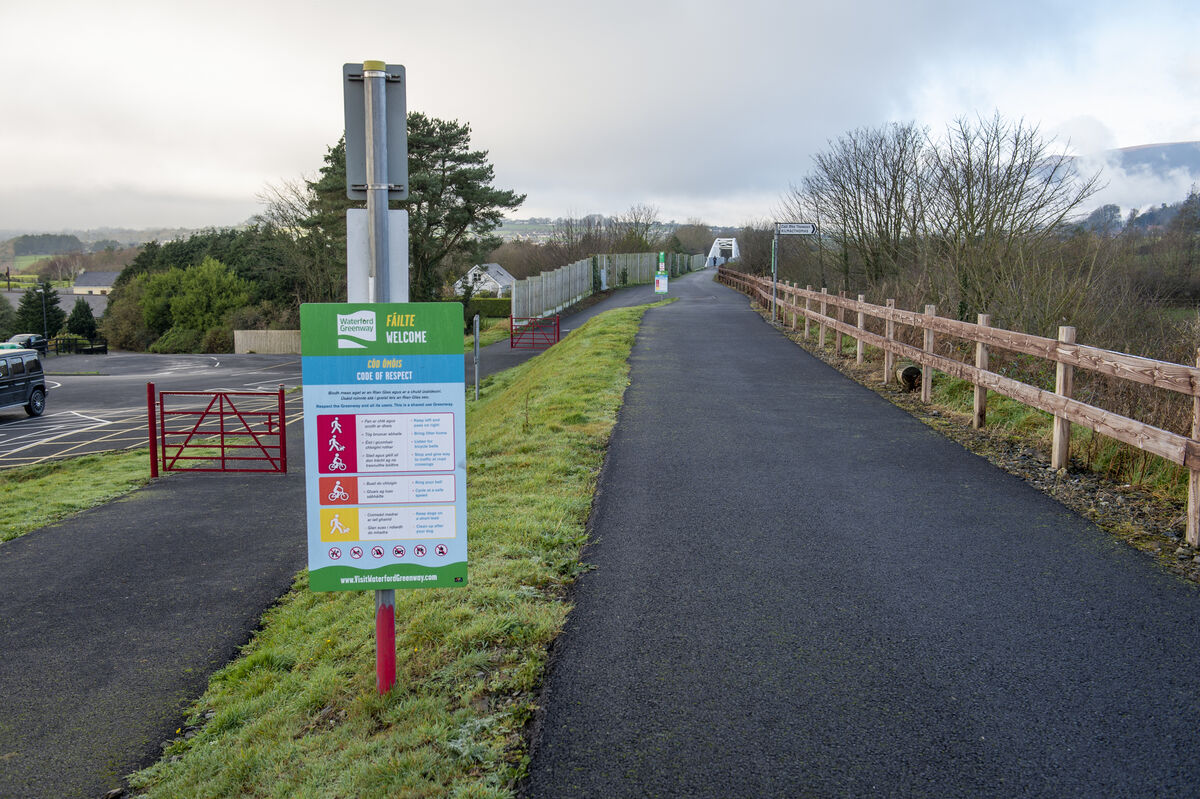
The latter attraction was an amenity — or set of amenities — obviously in existence forever. For Walsh and co the challenge was simple: how best to show off Waterford’s outdoors?
“What’s important is that the coastal and mountain offerings work in attracting visitors but also attract people to living here — the two are somewhat umbilical.
“Your reputation is informed by a cluster of things so the greenway contributed to that significantly. So did the heritage area in the city centre — but the Viking Triangle, for instance, would have been as much about identity and self-pride as it would be about an actual visitor attraction.
“In other words, this is the origin of the city. You tell your story not just for visitors, but for locals who, even if they don’t notice that work, still have a broad sense of relationship with the essence of the place.
“It’s that broader thing of creating a destination for people. How do you do that? With a cluster of attractions, not just one like the greenway.
“We’ve just had a soft opening for Mount Congreve just out the road from the city because what we’re looking to do is build that cluster of attractions.
“The experts talk about having seven or eight must-do attractions to making somewhere good to visit, and we’re close to that.
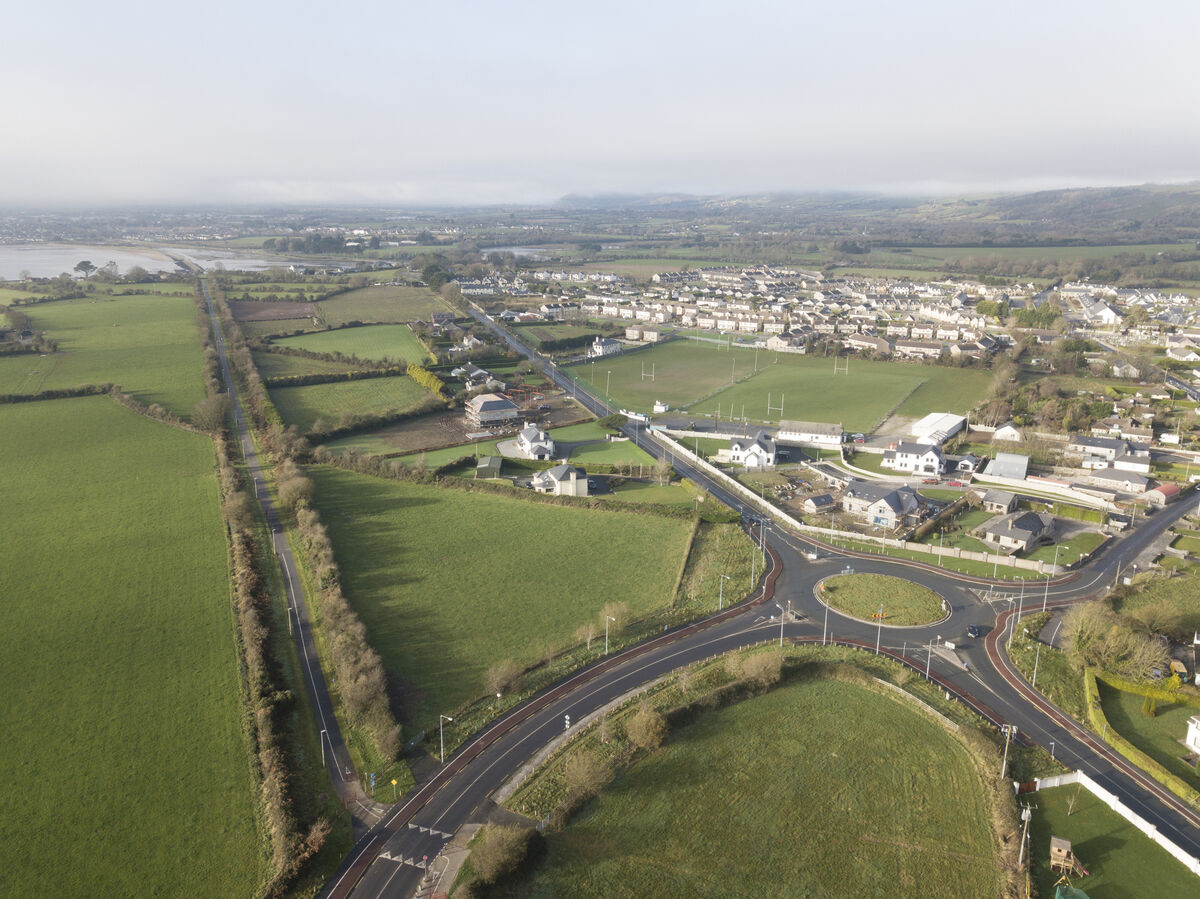
“We’re lucky with Tramore, for instance in that the amenity is on our doorstep, it’s regenerated a good deal — and also with the popularity of the wetsuit, which must be one of the greatest tourist inventions of all time. It means water activities are year-round, more or less, and if people come for the greenway they have other options also.”
And people certainly come for the greenway. There were doubters and critics, but it has been a runaway success. Walsh acknowledges the exposure the venture received “was a significant catalyst in awakening the marketplace”.
“There are very few things that you do in the morning that you could be certain that nearly everyone in Ireland would know about it, but the greenway is in that territory.
“But it’s also a phenomenal local amenity. I still have people come up to me, thanking me because of that.”
Is that a significant part of its success? The fact it draws in locals as well as visitors?
“When you’re doing the multi-criteria analysis the tourist element is just one part of it,” says Walsh. “There are health benefits, amenity benefits — the tourist is an economic benefit, they’re bringing a few quid but there’s a whole lot more to it.
“We’ve had an explosion of cycling and walking in the county as a whole. We do measure the numbers on the greenway and stuff like that, but the overall change in behavioural patterns would be really significant and positive.
“In that sense, it ticked a heap of boxes, if you like. But it also fell well for us — or we made it fall — in that it was a perfect project with the amalgamation of city and county council. It joined county town and city in a natural link.
“That’s what we ultimately want — to get to New Ross, we’re working on the North Quays and on bringing it properly from Bilberry in to the Clock Tower.
“There are a couple of proposals about going on to connect Dungarvan to Youghal — though that would be a challenge — as well as Youghal to Midleton, Midleton to Cork.”
As with any future plan, then, local enthusiasm is a significant factor.
“The tourism is important, and we said we’d put a little bit into tourism, because it has an inherent economic impact and a reputational impact — but it’s only one element to the equation. The local element is huge with any plans like this.”
National identification, tourist magnet, economic dividend, health and fitness benefits — but the local buy-in is key to everything. An important lesson for those making similar plans.

Unlimited access. Half the price.
Try unlimited access from only €1.50 a week
Already a subscriber? Sign in
CONNECT WITH US TODAY
Be the first to know the latest news and updates
